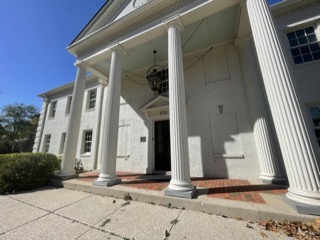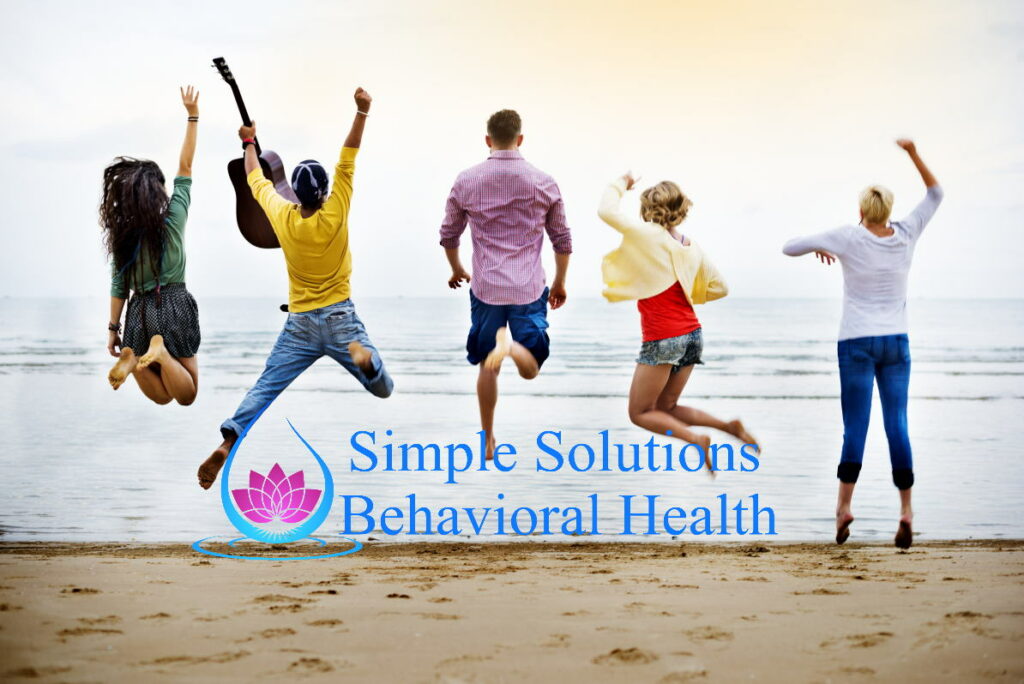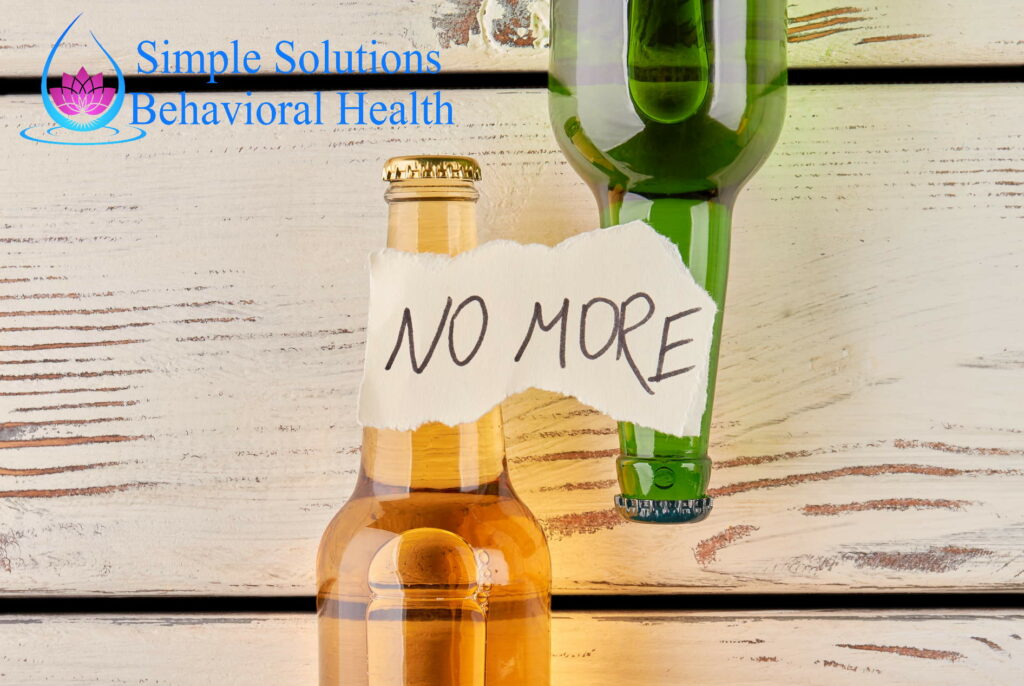Sober living homes, sometimes called recovery residences or halfway houses, provide supervised transitional housing to help those in addiction recovery gradually reintegrate back into everyday independent living. But what specifically are sober homes, and how do they support the tough journey toward sustained sobriety?
Introduction to Sober Living Homes
Sober living homes are alcohol and drug-free living environments for individuals who have a substance abuse disorder. These communal homes provide peer support and accountability measures to reinforce continued abstinence and prepare residents for fully independent and productive lives in recovery.
Core features of most sober homes include:
- Professionally supervised care and structured programs
- Ongoing recovery support through house meetings and access to services
- Drug testing protocols and shared house rules and responsibilities
- Safe, sober transitional settings to build real-world skills
In essence, sober living helps set up individuals for success in living independently long-term. The community, professional resources, and transitional setting provide a supportive buffer while allowing residents to build the life skills necessary to manage sobriety for the months and years ahead.
For more information, read our guide on how to get into a sober living house.
Rules and Structure in Place at Sober Living Facilities
Sober living houses implement comprehensive rules and programming to reinforce recovery principles for all residents. Structured environments provide the oversight and accountability proven to give those new to sobriety the greatest chance of success. Home guidelines commonly include strict curfews, restricted visitor access, assigned daily chores, and mandatory compliance with any ordered drug screenings.
Specifically:
- Curfews require all residents to be home by set evening times. Overnight passes are rare.
- Visitor access is limited to visiting hours with family members and sponsors only.
- Random drug screenings are mandatory for all members.
- Daily and weekly house meetings are mandatory to review progress.
- Chores and community upkeep responsibilities assigned.
- Resident advisors and senior peer mentors provide 24/7 guidance.
These rules aid recovery by promoting productive habits, limiting exposure to risky outside influence, and keeping contraband substances out of living spaces. Drug screenings further deter use through accountability measures. The structure also includes daily programming, such as counseling, life skills classes, community meetings, job preparation workshops, and recovery meetings. Outpatient clinical treatment may also continue.
The strict integration of sober living principles provides newfound stability. Members gain the clarity and routine imperative in early recovery. Furthermore, developing self-discipline and productive daily regimens proves foundational when transitioning back into independent environments.
Typical Sober Living Residents and Lengths of Stay
Sober homes serve a diverse demographic of residents, but all share the common commitment to sober living. Program participants come from varying backgrounds yet unite in solidarity on the road to recovery.
Typical sober home residents include:
- Men and women aged 18+ overcoming drug or alcohol addiction
- Referrals from inpatient or outpatient treatment programs
- Those with co-occurring mental health disorders
- Various socioeconomic statuses from all ethnic groups
Regardless of specific history, most enter sober living to meet primary needs for transitional stability, structured peer support, and accountability measures.
Many facilities require a minimum of 30-90 days, while others operate as come-and-go. Some may reside for 6-12 months while seeking employment, returning to school, establishing stable housing, or continuing outpatient programming.
The diversity of the recovering population living communally strengthens networks. Residents uplift each other daily toward the shared goal of self-sufficient sober living.
Comfortable, Community-Based Services and Amenities
Sober homes focus heavily on delivering counseling, peer support services, life skills building, and connections to outside recovery resources. The amenities also give residents comfortable home environments as they navigate early sobriety.
Services accessible to sober home residents include:
- Individual counseling and family therapy sessions
- Peer support groups and recovery workshops
- Life skills and career development classes
- Links to local recovery networks
- Connections to educational and employment opportunities
These offerings aid residents in implementing effective coping strategies and planning for independent futures. The homes themselves also provide inviting transitional spaces conducive to growth.
Amenities often include:
- Shared bedrooms with basic furnishings
- Common lounge areas and entertainment
- Group dining spaces and kitchens
- On-site laundry machines
- Community fitness centers, libraries, etc.
The supportive programming and at-home amenities allow those new to recovery to adjust within safe environments. Surrounded by peers walking similar paths, residents can embrace the discomfort of early sobriety, knowing they have a caring support net.
The Importance of Recovery Support Programs
Structured programming and immersive peer support systems differentiate sober homes, providing new connections and skills essential to managing sobriety after substance abuse treatment. Residents bond through shared adversity, goal setting, and daily wins. Staff further reinforce coping mechanisms, preparing members for life’s inevitable stresses after treatment.
Support features include:
- Peer mentorship programs pairing new residents with graduates of the addiction treatment program
- Discussion groups focused on relapse prevention strategies
- Workshops teaching financial literacy, vocational readiness, and other life skills
- Mandated attendance at onsite house meetings and external recovery meetings like Alcoholics Anonymous
Group sharing allows members to process triggers, gain perspective from those further along in recovery, and build confidence by leading newer peers. Education offerings also focus on building life skills not developed adequately during active substance abuse.
Trained resident advisors further reinforce therapeutic principles through counseling based on methodologies like Cognitive Behavioral Therapy (CBT) shown to be effective in addiction treatment. Continued participation in outside recovery meetings allows sober home members to draw ongoing inspiration from those with long-term sobriety.
The sense of community and wealth of support ultimately provide the missing pieces necessary for sustainable sobriety after intensive clinical treatment. Residents heal and grow together, preparing to transition back to fulfilled, independent lives.
Preparing for Independent Living After Treatment
While sober homes provide safe havens in early recovery, they serve primarily as stepping stones toward self-sufficient lives. So programming focuses heavily on preparing residents for productive community living after treatment, including:
- Taking personal ownership over recovery without constant oversight
- Developing financial literacy skills to pay bills responsibly
- Building and saving employment income for future housing
- Locating affordable independent housing options
- Integrating relapse prevention tactics into everyday thinking
- Cultivating sources of meaning and joy beyond substances
Structured offerings train these real-world skills while surrounded by supportive peers. However, residents must still put principles into practice as discharge nears.
Goals center on confidently transitioning to manage the daily responsibilities of:
- Sustaining employment
- Affording safe housing
- Continuing recovery meeting engagement
- Utilizing professional aftercare resources if needed
- Maintaining ongoing sobriety through lifestyle balance
With new tools and perspectives, residents affirm self-efficacy to take the next steps in serving their health and purpose. The sober living network stands by to cheer wins long after moving from transitional phases to everyday life.
Supportive Sober Living Homes with Simple Solutions Behavioral Health
At Simple Solutions Behavioral Health, we understand the road to sobriety can feel long and isolating. Our supportive recovery homes aim to provide community, accountability, and compassion to residents working to maintain their hard-earned sobriety.
Our structured yet empowering environments allow those in recovery to find their footing with less fear of relapse. Residents heal together, attend therapeutic workshops, access clinical services, and gradually regain life skills critical to independence. Programming focuses on relapse prevention education, self-efficacy building, and transition planning.
We uphold an atmosphere of empathy and hope rooted in the lived understanding that addiction can impact anyone. Our certified peer support specialists uplift residents daily through mentorship and meetings on sober living skills and principles. Clinical experts also provide assessments, individualized treatment, and family education to promote understanding. Above all, we provide the judgment-free support system many need throughout their journey. The road ahead will seem more surmountable with Simple Solutions Behavioral Health by your side—we walk hand in hand with others during this difficult journey.
Contact Simple Solutions Behavioral Health to learn more about our sober living homes providing community, relapse prevention, and life skills development. We aim for residents to achieve sobriety and discover purpose in guiding peers. You can still transform your life story with our help—it is never too late.
If you or a loved one needs immediate guidance or support, call the SAMHSA National Helpline at 1-800-662-HELP (4357) for free, confidential resources.
Frequently Asked Questions
What types of services are provided in sober living homes?
Sober homes provide peer recovery support, counseling, life skills training, connections to outside recovery resources, stable transitional housing, structured programming, and supervision.
How much autonomy do residents have in a sober living environment?
Residents must comply with house guidelines but generally have independence. They manage their schedules while following rules, curfews, etc. Many work or attend school while residing in sober homes.
Do sober living homes have medical staff or services?
Most have credentialed counselors and peer support staff trained in addiction, mental health first aid, and recovery principles—some partner with clinics for physical health and dental services. Nurses or doctors are rare unless associated with an on-site outpatient program.
What amenities are typically provided in sober living homes?
Amenities aim to provide a comfortable, functional home environment. Shared bedrooms, furnished common areas with TV/entertainment, group dining rooms, kitchens, laundry machines, and WiFi access prove standard. Some offer exercise equipment, gardens, or recreation spaces promoting healthy activities




